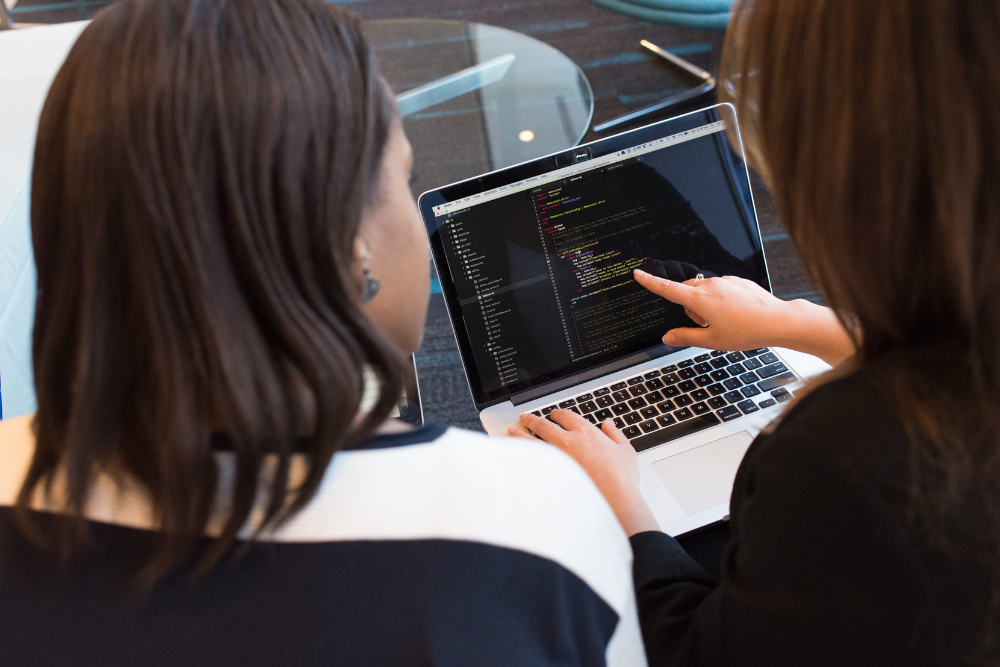Cybersecurity can sometimes be a very complicated subject. In general, cybercrime involves the exploitation of flaws and/or loopholes, and the utilization of knowledge that most people do not have. Thus, in order to counter such crime, you need to have a similar knowledge base. We can’t turn you into a cybersecurity expert with a single article, but we can introduce you to these ten key cybersecurity concepts.
1. Risk Assessment
Cyber risk will always exist for every organization. Even governments are not immune these days, and so this risk exists for everyone. Risk assessment is the practice of evaluating those risks and determining how best to minimize them. It is one of the most important concepts of cyber-security. This should be done with a thorough and dedicated risk assessment effort, to be carried out by well-trained tech personnel. Once you realize where your greatest risks lie, you will be better able to mitigate them.
2. Engagement And Training
These things relate to cybersecurity in several ways. It is important for all network users to have a basic understanding of cyber risks. This is the case because most hackers will look for easy targets, i.e., people with little to no knowledge of cybersecurity. Such a person will be far more likely to click on a phishing link or enter their credentials on a spoofed page, simply because they don’t know any better. By training your employees and other network users, you can ensure that they know how to respond to suspicious activity or suspicious messages.
3. Asset Management
Your digital assets would mainly include hardware, software, programs, and data. When considering your cybersecurity approach, you need to think about these things and how they will play into your strategy. For instance, the practice of keeping your hardware and software fully updated and patched is a part of asset management. However, you should also identify what data is the most valuable. If someone carries out a cyber-attack on you, they will probably be after your data, so make sure that the most sensitive/profitable data is heavily protected and isolated from anything that isn’t heavily protected.
4. System Architecture and Configuration
When you are initially setting up your system architecture, you should try to make sure that good security practices are “baked” into the final result. There are several ways in which you can do this. First, it is good to avoid a lot of redundancies and bloating because each one of those programs is another potential weak point. All it takes is one security flaw in the code of one program to compromise your entire system, so try not to install/use more programs than are needed. Secondly, you need to set up automatic reporting mechanisms so that log files and other crucial security data can be acted upon quickly and preserved for later use. These are just two of the ways in which you can build your system architecture with security in mind.
5. Vulnerability Management
When we talk about “vulnerabilities” here, we are talking about code errors that exist in many computer programs. At a fundamental level, all of these programs consist of code, which is basically a set of commands that tell the computer how to use the program. By manipulating that code, a hacker can those programs against your organization. Whenever software developers find such a vulnerability, they will typically issue a “patch” update to fix the problem. However, because they have to publicly announce those vulnerabilities, it becomes easy for hackers to act quickly and exploit those vulnerabilities before most people have bothered to download the patch. Frequent updating is an obvious need here, but it also helps to keep in touch with software companies and keep yourself informed.
6. Identity and Access Management
When you set up a cybersecurity system, one of the most important things to consider is identity verification. The system must be designed so that legitimate users can use it without too much inconvenience, but without compromising on security. This is where you need reliable means of identifying people at the login point. Passwords alone are not enough because they can be stolen or leaked. Multi-factor authentication combined with competent network monitoring will be your best approach here.
7. Data Protection
Data protection would include all methods that are used to protect data from unauthorized access or transfer. When evaluating your data resources and deciding how they should be protected, you need to start by separating your data into tiers of sensitivity/importance. Basically, any data which would be valuable to a criminal must be placed in the higher tiers, while routine-usage data and low-importance data can be placed in the lower tiers. Encryption and data backup are also key components of data protection that must not be overlooked.
8. Logging And Monitoring
This concept is all about the collection of information. You can never hope to make your system immune to all potential attacks. However, you can create a system in which there will always be some kind of warning when suspicious activity occurs. This is done through the use of logging and monitoring. By using system logs and monitoring network packets as they flow through the network, it is possible to catch most hackers before they have done significant damage. System logs provide the necessary evidence for later prosecution, and so they are a key part of this idea.
9. Incident Management
This is a blanket term that covers all efforts to contain or mitigate a cyber disaster. This could be a hacking attack, or it could be something accidental like a private database being accidentally published to the web. In any case, an incident response plan must always be a part of your cybersecurity plan. Again, you can never guarantee that an incident will not occur, so you must plan for every foreseeable scenario.
10. Supply Chain Security
The internet connects many different businesses, particularly those that are partnered in one way or another. Even if you take every precaution to secure your own systems, your business partners could potentially ruin that. If they have not taken the time to tighten their security, a hacker can use them as a “backdoor” through which they can enter. Remember, all they have to do is compromise one legitimate user, and that legitimate user doesn’t necessarily have to be one of your employees. Thus, it is important to collaborate with your business partners and address these risks.
Conclusion
These are all general concepts, but they often translate into very serious real-world consequences. Failure to follow these concepts can make you a sitting duck, just waiting for the first hunter that happens to see them. Of course, competent IT help can do a lot to help you avoid that kind of fate. If you would like to know more, you can contact PCH Technologies at (856) 754-7500.


